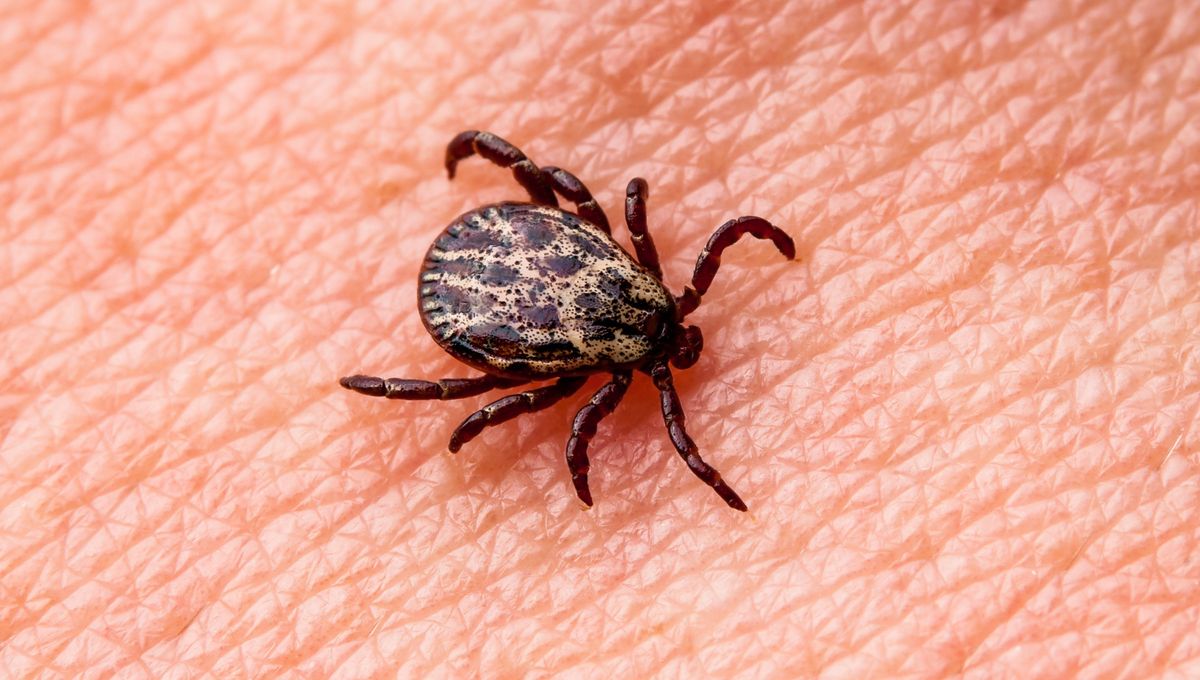
Almost half a million people are estimated to get Lyme disease every year in the US alone. The most common vector-borne disease in the North American country, it is carried by ticks and their bites spreading the bacterium Borrelia burgdorferi to humans. It clears with a course of antibiotics to be taken for a few weeks, but not for everyone. A fraction of those infected, especially after delayed diagnosis or therapy, develop neurological, cardiac, or rheumatological symptoms, often chronic.
It didn’t have to be this way. Two decades ago, there was a vaccine for the disease for people living in at-risk areas. But it was pulled by the pharmaceutical company a few years after it was approved due to antivaxxers’ fears, an unsubstantiated class action lawsuit, and a lot of media hype. Capitalists gotta capitalize, and a helpful vaccine was shelved.
The story is described in several scientific publications as well as in an excellent Twitter thread by Dr Ryan Marino. Vaccine LYMErix™ was approved by the Food And Drug Administration (FDA) on December 21, 1998, a drug developed by the then SmithKlineBeecham company. The vaccine was the first ever to be approved to prevent the disease.
It was not the perfect vaccine. It needed three doses over the course of a year to reach full protection and this protection was not exactly guaranteed. Its efficacy was 80 percent. This means that about one in five fully vaccinated people would still develop the disease if infected. It was unsure how well it would do in children (which are a population at high risk) and against international subspecies of the bacteria, which are more common in Asia and Europe. Still, a vaccine that protects four out of five people is better than no protection.
By December 1999, a year after the license was granted, claims of adverse reactions from the vaccine started to appear on websites dedicated to highlighting these side effects, and then jumped on mainstream news channels keen to showcase these “vaccine victims”. The Philadelphia law firm Sheller, Ludwig & Bailey filed a class action lawsuit against SmithKlineBeecham. The suit represented 121 individuals who claimed they had a severe adverse reaction to the vaccine with the most common complaint being arthritis.
Time for a flashback. The first recognition of Lyme disease in the United States was in 1977. Doctors suspected something weird was going on in a group of young people in the town of Lyme, Connecticut developed “rheumatoid arthritis”. You guessed it, arthritis is a common symptom of Lyme disease, and research in the 2000s indicates that some people seemed to have a genetic predisposition to developing arthritis once infected.
Back to the lawsuit. Since 1990, the Centers for Disease Control and Prevention (CDC) and the FDA have run the Vaccine Adverse Events Reporting System (VAERS). The approach allows them to find rare side effects that might have been missed during clinical trials. It has been successful at spotting rare side effects of other vaccinations, such as RotaShield®. For the Lyme vaccine, 1.4 million doses were distributed in the US by 2001. There were 905 mild self-limiting reactions, and 59 reports of arthritis.
The number of cases was equivalent to the number of cases expected for an unvaccinated population. There were attempts to link some of the cases to the same genetic predisposition that causes arthritis once infected, which might be causing the supposed vaccine effect. This has not been substantiated.
The FDA reconvened its advisory panel on January 31, 2001. There were people from both sides of the debate as well as independent advisors. Following the many testimonies, the FDA agreed that the benefits of the vaccine continued to outweigh the risks and no changes were needed for the labeling.
The press coverage led to a dramatic drop in vaccine uptake. The manufacturer, now GlaxoSmithKline, decided to withdraw LYMErix™ from the market in February 2002. As reported in a paper in the journal Epidemiology & Infection, in 2003, the company settled the lawsuit by paying over $1 million in legal fees for the prosecuting lawyers. The “vaccine victims” did not receive a single dime.
Multiple vaccines are now in development; but for now, in the US, there is nothing available against a disease that is becoming more common, can be extremely dangerous, and in some rare cases even deadly.
Source Link: A Lyme Disease Vaccine Existed Until Antivaxxers Killed It